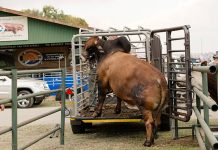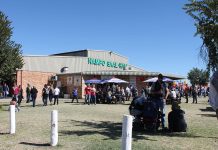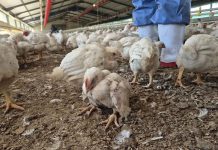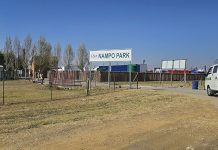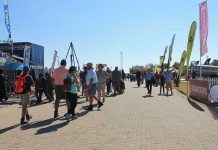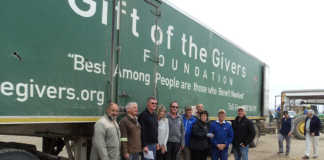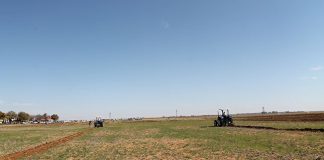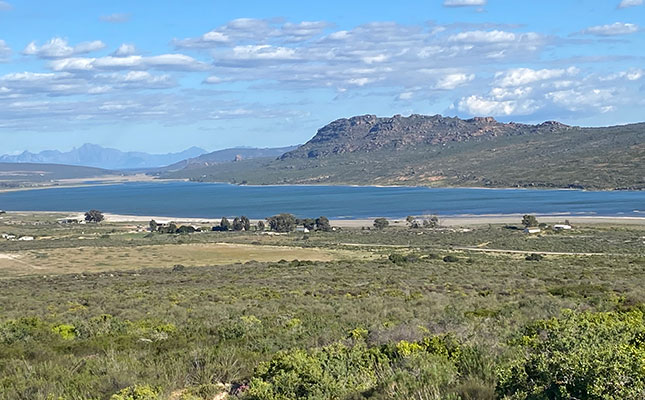
Photo: Julian Conrad
Following three years of drought, borehole water levels in the Sandveld in the Western Cape have risen by an average of 5m thanks to improved climatic conditions over the past two years. Water quality nevertheless has deteriorated.
Julian Conrad, a hydrogeologist and director of GEOSS South Africa, said at the recent Sandveld Potato Growers’ annual general meeting that borehole water had been analysed at 48 sites, with the electrical conductivity (EC) of the water increasing by 20% on average since last year, and the pH level dropping, especially in areas closer to the coast.
Nitrate levels remained stable and improved slightly. He therefore advised farmers to measure the pH, EC and nitrate levels of their water before applying fertilisers and pesticides, as these could affect chemical uptake and the efficacy of products.
Soil moisture levels also needed to be monitored closely to prevent over-irrigation, which could lead to the leaching of fertilisers into the groundwater.
“In the Sandveld this can be a problem, as some farmers irrigate to protect their crops against wind erosion and to lower soil temperature during summer months,” Conrad said.
While the water levels of Verlorenvlei between Elands Bay and Redelinghuys, looked good, the pH level of the water had dropped from 6 to 3 since January.
Conrad explained that occurrences like this were not well documented, but his research revealed that something similar happened to the Murray-Darling Basin in Australia, where prolonged drought conditions between 2007 to 2009 resulted in the pyrite-rich soils drying out and oxidising.
Upon rewetting, surface water acidification occurred in several locations over the 21,7 km2 area, with high concentrations of dissolved metals, greatly exceeding aquatic ecosystem protection guidelines, being mobilised in the acidic conditions.
Conrad said neutralisation of the surface water acidity occurred naturally during the refilling of the lake in many areas, but aerial limestone dosing was required in two areas to restore alkalinity.
Acidity, nevertheless, persisted in the submerged lake sediment and groundwater several years after surface water neutralisation.
“The surface water acidification proved costly to manage and improved water management in the Murray-Darling Basin is required to prevent similar events from occurring,” Conrad said.
Conrad said the cheapest and best course of action with Verlorenvlei would be to allow the vlei to recover naturally, but this would only happen if sufficient volumes of water ran through it.
“Agricultural water use needs to be managed carefully and conservatively to enable the system to recover. Good rainfall is also an essential driver of recovery,” Conrad said.
He identified water-use licences as another major concern, not only in the Sandveld but for water users across South Africa.
“We have submitted 77 applications to the local office and [only] receive feedback on roughly seven per year. The speed of review and feedback must be increased.”
He warned that the validation and verification process had also stalled in many places, and users had to be careful when certificates were issued stating, “Lawfulness still to be determined”, as the authorised volumes in some cases were much lower than what was originally requested.

